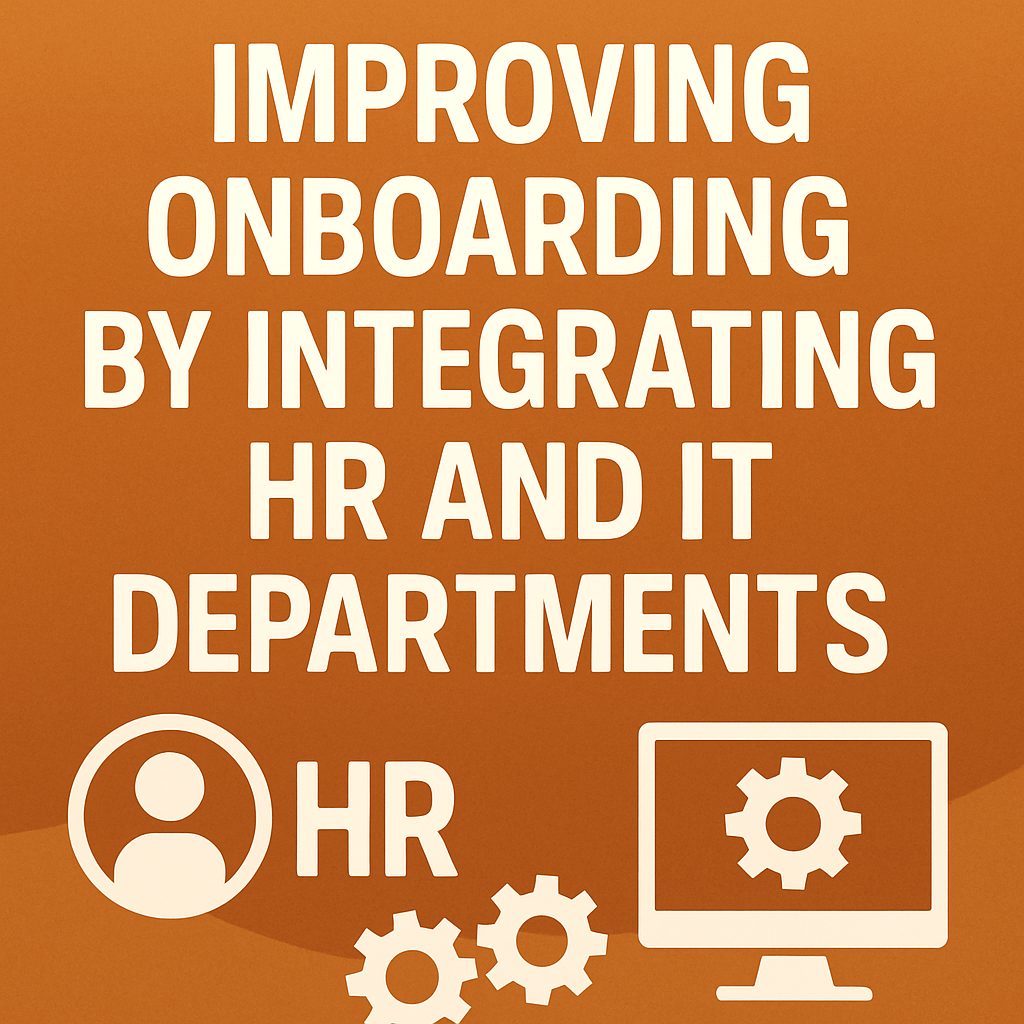Improving Onboarding by Integrating HR and IT Departments

As technology increasingly becomes integral to the operations of human resources (HR) teams, many organizations are proactively seeking to bridge the gap between HR and IT departments. This strategic alignment aims to enhance employee experiences, particularly during the onboarding process. One notable example comes from Workleap, a software company that undertook a significant organizational shift by merging its HR and IT teams.
The Rationale Behind the Merger
In August of last year, the HR technology firm Workleap made the decision to consolidate its seven IT employees under the leadership of Chief People Officer (CPO) Kahina Ouerdane. This pivotal move was, in part, a reaction to transitioning to a fully remote workforce, where around 450 employees no longer needed to commute to an office. Although this decision greatly bolstered employee morale, it highlighted inefficiencies in the IT department, especially concerning the onboarding of new hires.
“We realized that whatever is happening on the IT side tremendously impacts employee experience,” indicates Ouerdane.
Previously, the silos between HR and IT meant that each department operated independently, often leading to misaligned processes that affected the new employee experience. By merging these functions, Ouerdane envisioned a more synchronized approach to onboarding.
Impact on Onboarding Processes
Ouerdane reflects on the outcome: “This merger has solved numerous problems for us; onboarding is now much smoother. The result is a more cohesive process that enhances the experience for new hires.” This newfound cohesion is particularly important in a remote-first environment, which requires robust digital solutions for training and integration into company culture.
Industry Trends in HR-Tech Alignment
Workleap’s approach is not isolated within the tech sector. Last year, the biotech leader Moderna announced a similar strategy by merging its technology and human resources operations. This decision was partially influenced by its partnership with OpenAI, illustrating how artificial intelligence (AI) is dramatically reshaping workplace dynamics.
- AI Integration: As AI systems become mainstream, the responsibility for implementing AI strategies frequently falls to HR departments. The merger of HR with IT enables a smoother transition, allowing HR professionals to leverage AI tools for talent acquisition, training, and employee engagement.
- Agility and Innovation: Integrating IT with HR fosters a culture of innovation, allowing organizations to quickly adapt to technological changes and implement advanced tools that improve employee satisfaction and operational efficiency.
Challenges Faced During the Transition
Despite the benefits, merging two distinct departmental cultures presents challenges. Ouerdane emphasized the complexities during the transition process, stating, “Both sides felt as if they were learning a new language.” While some IT team members were able to empathize with the employee experience, others were primarily focused on technical aspects, creating initial friction within the teams.
Strategies for a Successful Merger
- Cross-Training: The transition was facilitated through cross-training programs that provided HR staff with technical knowledge and IT staff with insights into HR’s operational concerns, fostering empathy and collaboration.
- Leadership Alignment: Ouerdane underscored the importance of executive leadership that understands the needs of both HR and IT teams to guide the integration effectively.
- Iterative Feedback: Implementing regular feedback sessions allowed the teams to address pain points and iterate on processes promptly.
Conclusion and Future Outlook
Reflecting on the journey, Ouerdane acknowledges her only regret was not merging the departments sooner. “It required substantial effort initially, but building these synergies has proven worthwhile,” she notes. As businesses increasingly adopt hybrid and remote models, it is likely that the alignment of HR and IT departments will become a standard practice, paving the way for enhanced workplace efficiency.
In the ever-evolving landscape of workplace technology, organizations looking to replicate Workleap’s success should consider collaborative frameworks that unify HR and IT efforts. This approach not only optimizes onboarding processes but also fortifies the overall employee experience.